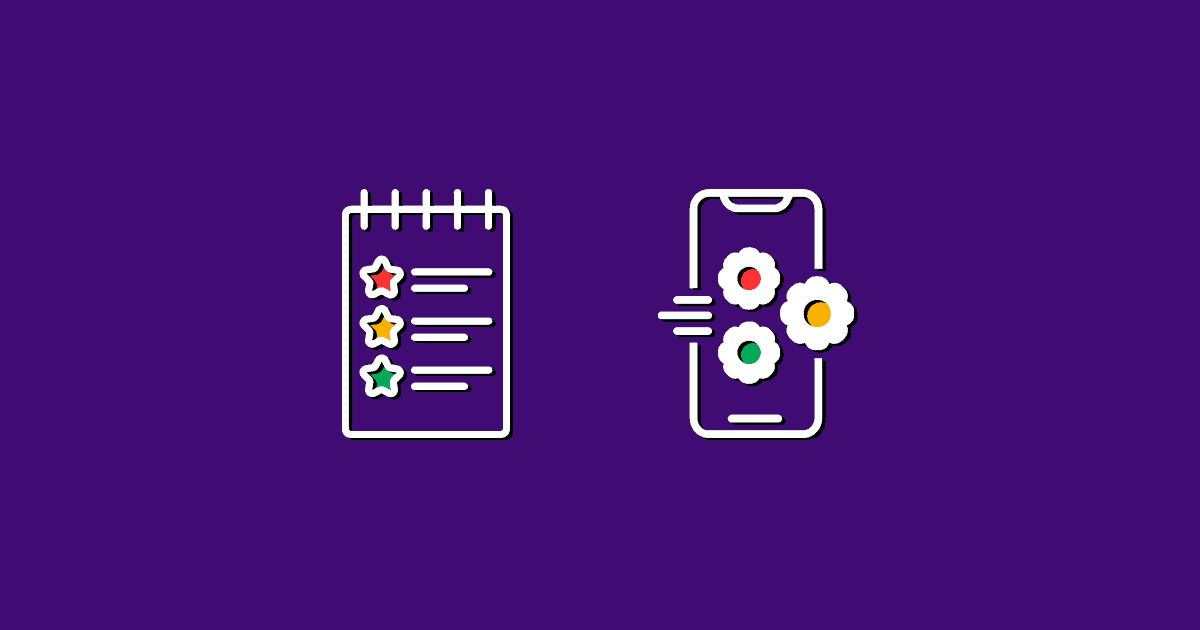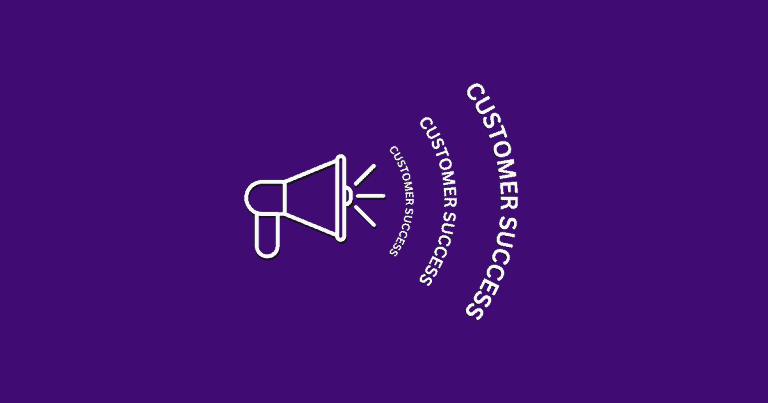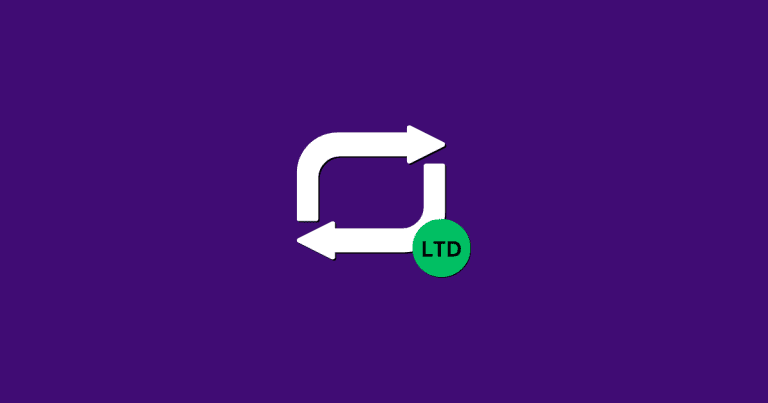Should You Add all the New Features Requested by Lifetime Deal Customers?
It’s no surprise that Lifetime Deal users are keen to get the most out of their Lifetime purchases.
They want to see improvements and new features for increased value addition.
SaaS startups that run lifetime deals usually deal with an influx of user signups, feedback, and particularly feature requests from their LTD customers. These can range from small tweaks and bug fixes to larger-scale requests such as adding new functions or expanding on existing ones.
When you have a plethora of feature requests from your customers, what should you do?
Should You Build All the Feature Requests from LTD Users?
When you have an “n” number of feature requests, it may become overwhelming to a small team of developers.
Regardless, if you start building all of them without a plan, it can potentially jeopardize the growth of your product.
When you have a number of feature requests, the proper way is to put them on a roadmap. It will help you figure out a natural development cycle for your product.
But, should you include all of them though?
Yes, if it makes sense for your product and your business. You should definitely do it.
LTD users are not just random strangers. These are your customers, and to some extent, they represent most of your target audience who could potentially become your customers.
Are All SaaS Feature Requests Equally Important?
One thing you can be sure of is that almost every product feature request is going to have a use case behind it.
Your LTD users are your customers. And they are going to become long-term users of your product. And these are the users who you expect to become your brand advocates since they’re the early adopters of your product.
Hence, definitely note down all the feature requests from your LTD users.
Consider all the feature requests, even the smallest ones. Address each of them separately and see how they align with the way you want to take your product in the future.
In other words, see how all these requests align with your existing product roadmap. It will help you prioritize the requests, and curate your product development cycle.
Ways to Prioritize Your Product Feature Requests
When dealing with numerous feature requests from LTD users, it can become a daunting task to prioritize and curate the development cycle of your product.
There are two ways you can prioritize your product feature requests. And you should do them in combination.
One is obviously how each of the requests aligns with your existing product roadmap. The other way is to prioritize each request based on their potential to monetize them.
This 2-factor prioritization will ensure that your development will make sense for both your product’s development and your business growth.
1. Alignment with your Product Roadmap
When you have a list of all the feature requests from your LTD customers, prioritize them based on how they fit into the existing roadmap.
This will help you prioritize what’s most important and what can wait.
It also allows you to focus on the requests which are most relevant to your current development cycle. In this way, you ensure that your product development doesn’t go on a tangent and stays on the same track.
You can also use it to further develop and detail your existing product roadmap.
It is essential because staying true to your existing product roadmap will give your customers get a sense of predictability. Being predictable and delivering on the publically available roadmap will help you earn your customer and target audience’s trust and become a reliable brand.
It is also advisable to share your improvised roadmap with your customers and audience to keep them interested in your product and create an expectation.
2. The Potential to Monetize the Features
While aligning the product feature requests from your LTD users makes sense for your product development, it must also make sense for your business.
You cannot pour time and resources into developing features that are not going to make money for your business. It is a must if you are a bootstrapped SaaS startup working on a budget.
Hence you should also consider the monetizing potential of each feature request. This means looking into how much revenue can be generated by developing and implementing a particular feature.
Once you identify features that you can monetize from the list of feature requests from your LTD users, prioritize them ahead of the other features in your improvised product roadmap.
Identifying Monetizable Features
There are different ways you can take to identify features that you can monetize immediately.
It may either result in increased signups from paying customers or help you generate recurring revenue from LTD customers.
For example, let’s say you are receiving a number of requests from your LTD customers to build a team management feature into your product. You can very well go ahead and prioritize it since most agencies will be happily willing to pay more for such a feature. And it can increase their ROI as well, so it is a no-brainer.
Here are a few ways you can identify monetizable features:
1. Analyze user behavior: Analyzing the user behavior of your LTD customers can help you identify features that they would be willing to pay for. Look into how they interact with the existing features, how frequently they use them and what are their most used features.
2. Conduct surveys: Surveys are a great way to get feedback from your users about certain features and also understand if they would be willing to pay for an improvised feature or an extended feature. You can also use this as an opportunity to create interest in certain monetizable features by highlighting their benefits and potential value.
3. Monitor market trends: Staying up-to-date with market trends is important when looking for monetizable feature requests. Keep track of new products and technologies that have been released in the market recently, observe which of these have become popular among users, and see if those can be incorporated into your product roadmap as monetizable feature requests.
Conclusion
You should always consider all feature requests from your LTD users. But prioritize them based on how they align with your existing product roadmap and their potential to monetize them.
Such 2-factor prioritization will ensure that you focus on developing features that are both beneficial for the development of your product as well as for generating revenue for your business.
By doing this, you can maximize the returns from feature requests and create a win-win situation for yourself and your customers.




